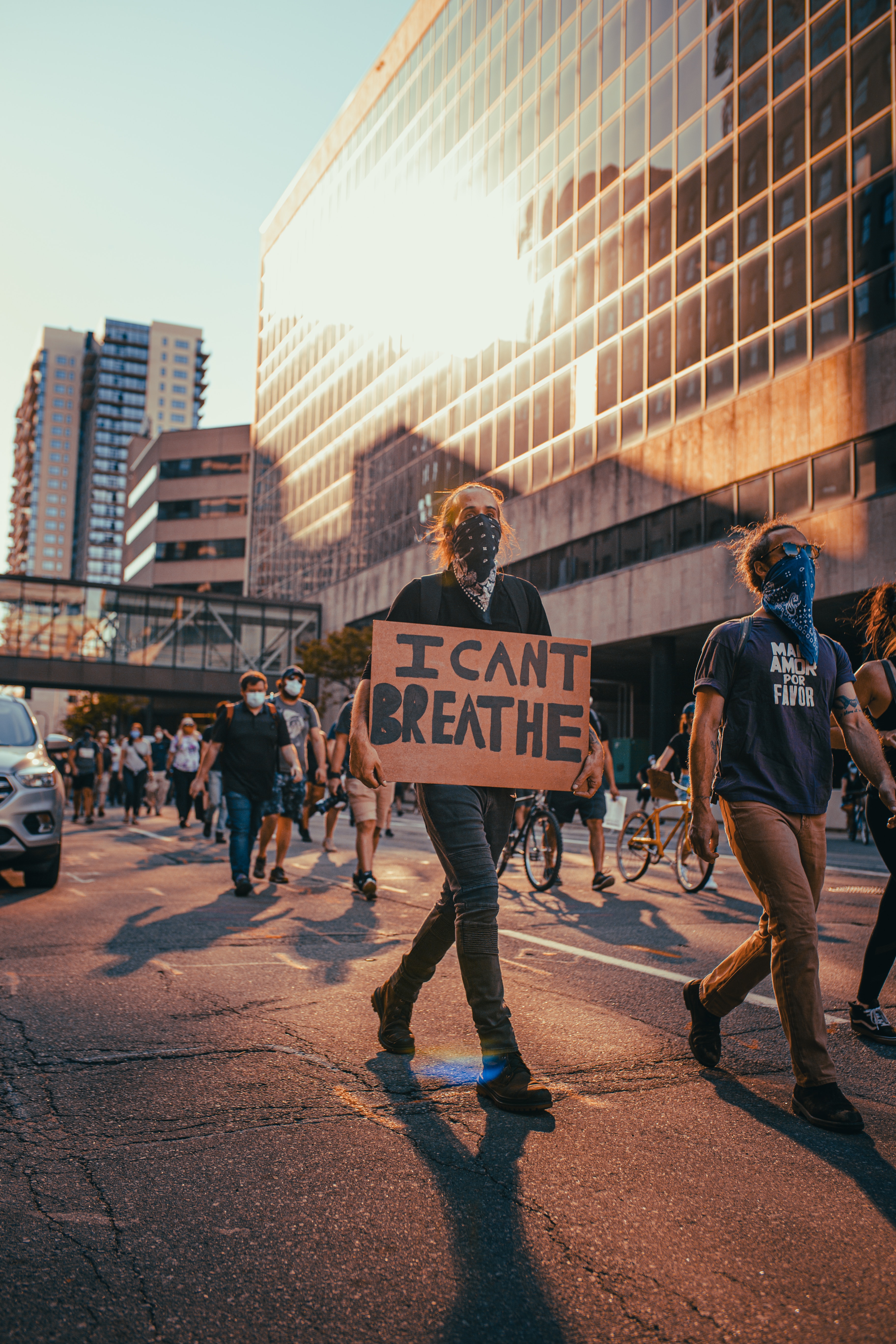Blog Post
Derek Chauvin's Conviction Explained
The tragic death of George Floyd, an unarmed man who was killed by a former Minneapolis Police Officer Derek Chauvin, spurred the largest civil rights protest and unrest in decades. This post breaks down what proof was needed each charge, and what Chauvin could face at his sentencing hearing.
Understanding Chavin's Conviction
Chauvin was convicted of all three charges brought against him by the State: second-degree unintentional murder, third-degree murder, and second-degree manslaughter. Remember, the jurors, comprised of 12 members, could have convicted Chauvin of all three charges, or none at all.
For a good report on the alternate juror’s perspective on the case, click here.
For the charges, Minnesota prosecutors needed to prove that Chauvin caused Floyd’s death and that his use of force was unreasonable. In other words, in order to convict Chauvin on any count, the jurors needed to find that Chauvin used force that was unreasonable when compared to an objective officer in Chauvin’s position.
Second degree unintentional murder
Also called felony murder, prosecutors had to show that Chauvin killed Floyd while trying to commit assault. It is important to understand that prosecutors didn’t need to prove that Chauvin intended to kill Floyd. Rather, only that he intended to apply unlawful forced that caused Floyd bodily harm.
In Minnesota, “Assault” is defined as the intentional infliction of bodily harm, so prosecutors must prove Chauvin “intentionally” applied unlawful force without consent and it resulted in “bodily harm.”
Third degree murder
Jurors needed to find that Chauvin caused Floyd’s death through “eminently dangerous” actions. These actions needed to have been carried out with a reckless disregard for Floyd, and a consciousness of indifference to the loss of Floyd’s life.
Third-degree murder in Minnesota requires prosecutors to prove that someone caused the death of another “by perpetrating an act eminently dangerous to others and evincing a depraved mind, without regard for human life.” Legal experts note that the definition of “depraved mind” is murky— as is the legal line between “depraved mind” and the “culpable negligence” standard for manslaughter.
It is interesting to note that the judge in Chauvin’s case, Judge Peter Cahill, dropped this third-degree murder charge last year. However, during jury selection that occurred in March, the Minnesota Supreme Court compelled Judge Cahill to reinstate the third-degree murder count.
Second Degree Manslaughter
For this charge, prosecutors needed to show that Chauvin’s negligence created an unreasonable risk towards Floyd and that Chauvin consciously took the chance of causing Floyd’s death. In other words, prosecutors needed to show that Chauvin was culpably negligent and he took an unreasonable risk with Floyd’s life when he restrained him, and that his actions put Floyd at risk of death.
Again, prosecutors do not have to prove that Chauvin’s actions intended to cause Floyd’s death, only that his actions put Floyd at risk.
Understanding Chauvin's possible sentencing
On June 25, 2021, Chauvin will be sentenced. He is facing a maximum sentence for second-degree murder of 40 years in prison. Each count discussed above carries a different sentence amount. For the second-degree unintentional murder, the maximum sentence is 40 years. For the third-degree murder, the max sentence is 25 years. Finally, for the second-degree manslaughter, the max sentence is 10 years.
Still, Minnesota’s sentencing guidelines suggest he’s more likely to get up to 15 years, based on his lack of prior criminal record. Under Minnesota sentencing guidelines, for a person with no criminal history, each murder charge carries a presumptive sentence of 12 1/2 years in prison, while manslaughter has a presumptive sentence of four years.
The sentencing judge, in this case, makes the determination of what sentence Chauvin will serve. In Minnesota, defendants usually serve two-thirds of their penalty in prison, while the rest on some sort of parole.
What about the other officers present during Floyd's death?
There were three other officers present during the encounter: J. Alexander Kueng, Thomas Lane and Tou Thao. Each of these officers faces two charges: aiding and abetting for second-degree unintentional murder and aiding and abetting for second-degree manslaughter.
These charges require the Minnesota prosecutors to prove, beyond a reasonable doubt, that each officer intentionally aided, advised hired, counseled, or conspired with Chauvin. In relation to the Chauvin case, if prosecutors failed to convict Chauvin these cases against the other offices would have become tougher to prove.
Final Thoughts
Minutes before the Chauvin verdict, Ma’Khia Bryant, who was 16-years old, was shot and killed by Minneapolis police. According to NBC NEWS, Bryant was shot outside of her residence after police responded to a 911 call for a person with a knife. It appears that once one headline ends, a sad story of another begins, like a cycle that never seems to stop in our country.
Since 2015, there have been more than 30 fatally shot by police in Columbus, with more than 20 of them black. If you find yourself facing criminal charges, call me at (480) 545 – 0700, or visit my website at Chuck Franklin Law.com.

Contact Us
Get in touch today! We are available 24/7 and we're looking forward to hearing from you!
- Telephone
- +1 480-545-0700